Greg Cosell's NFL Draft Preview: Washington WR John Ross doesn't have an obvious weakness
When I watch tape of college prospects, I note the strengths and weaknesses in their games. On my report for Washington receiver John Ross, I didn’t mark any weaknesses.
That doesn’t mean Ross is a perfect player. There are some injury concerns with him and he’s undersized (just under 5-foot-11 at 188 pounds), but nothing stands out on film as an obvious weakness in his game. Ross set a record for the 40-yard dash at the combine this year, but there’s much more to his game than speed.
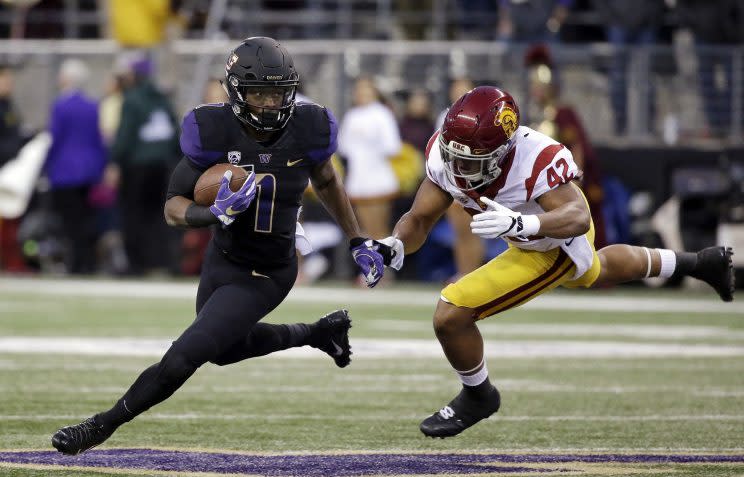
Let’s look at some of Ross’ strengths (and then take a glance at some other receivers in this draft class; I already did breakdowns of Western Michigan’s Corey Davis and Clemson’s Mike Williams).
One thing that immediately stands out about Ross is his ability to align all over the formation and be a factor. His position and alignment versatility will be a big plus. Against Rutgers, he scored a deep touchdown on a post route from the slot.
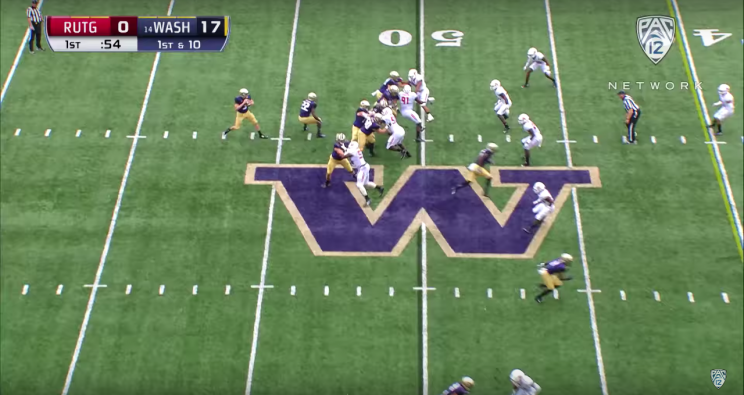
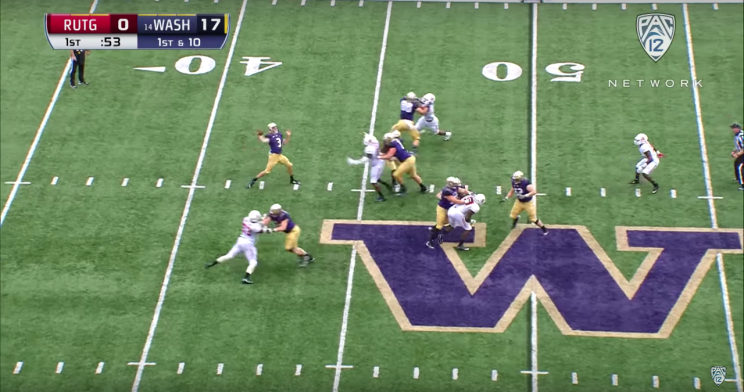
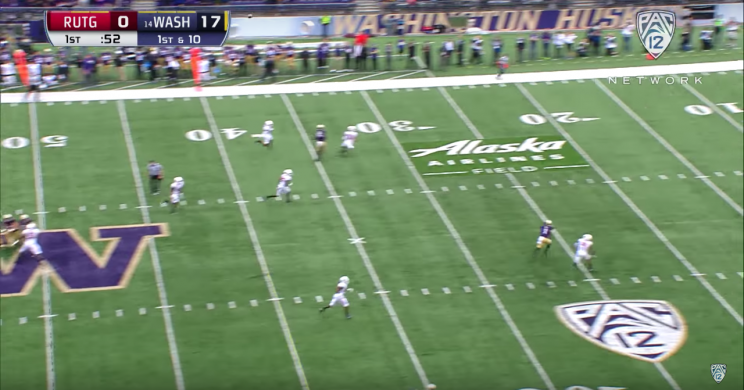
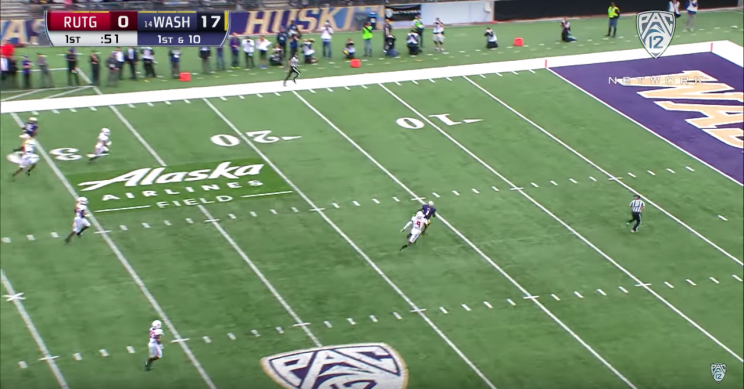
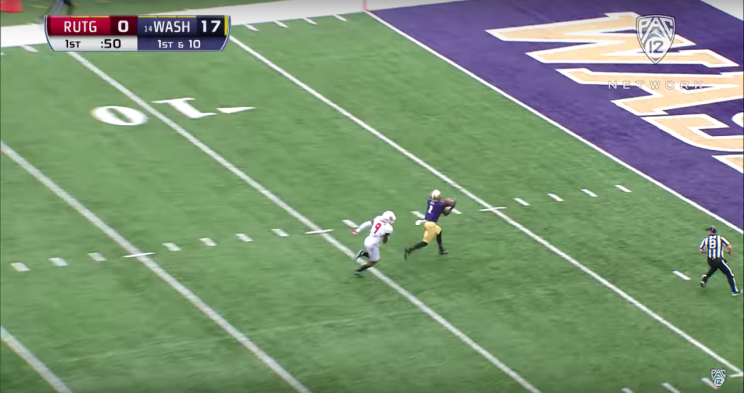
On a 23-yard catch and run against USC, we can see Ross’ formation versatility and how that helps coaches get him the ball in space. Once he gets the ball in space, he’s tough to tackle.
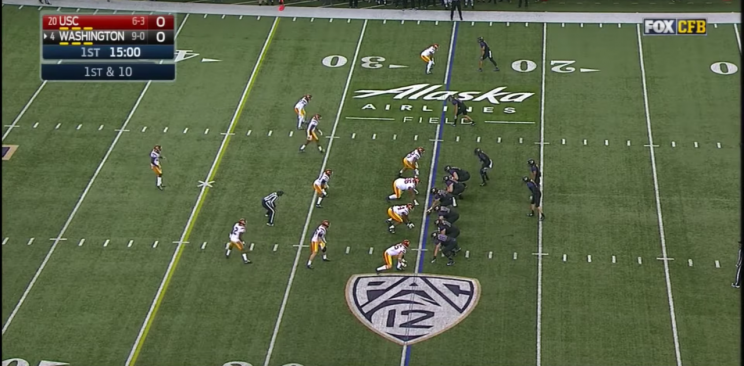
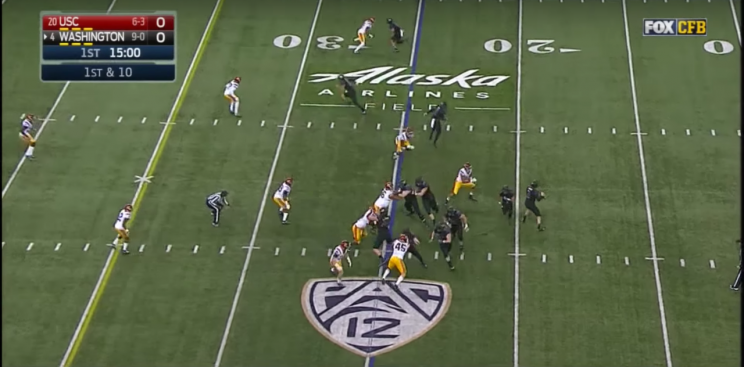
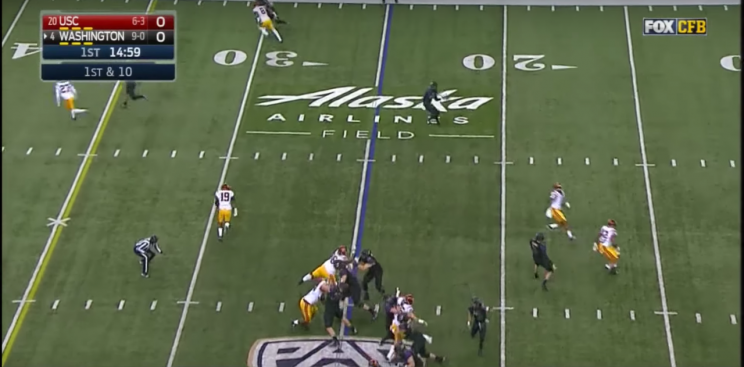
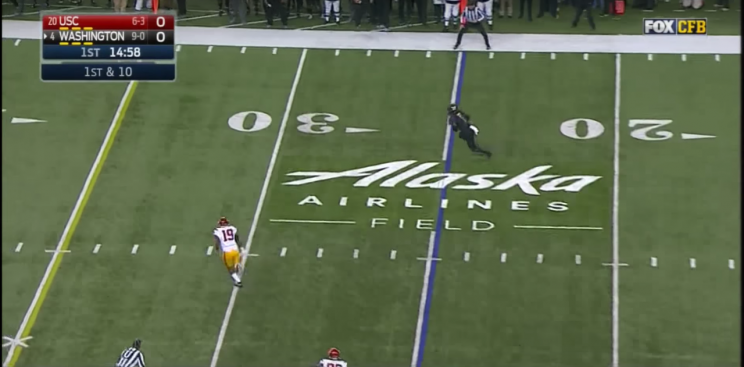
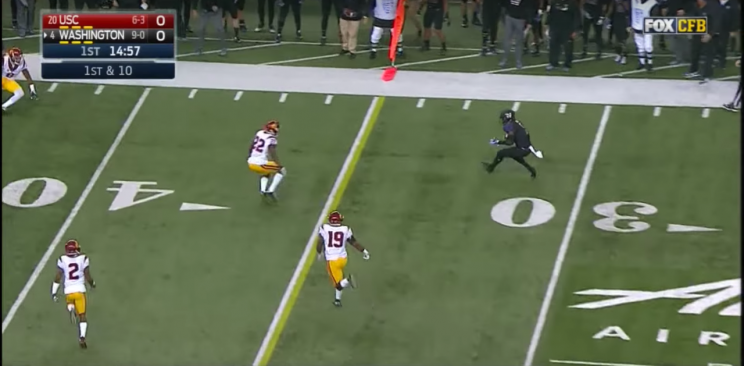
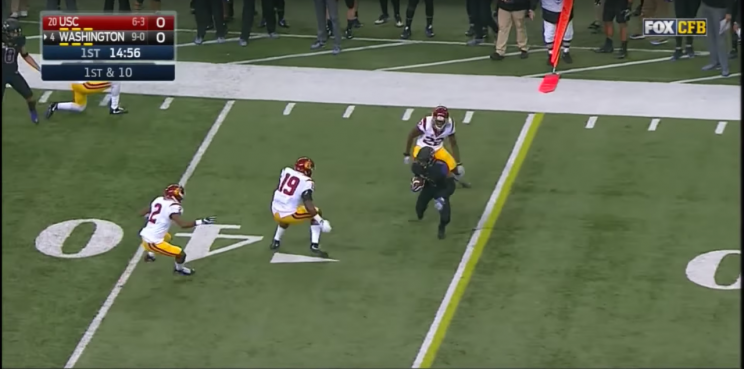
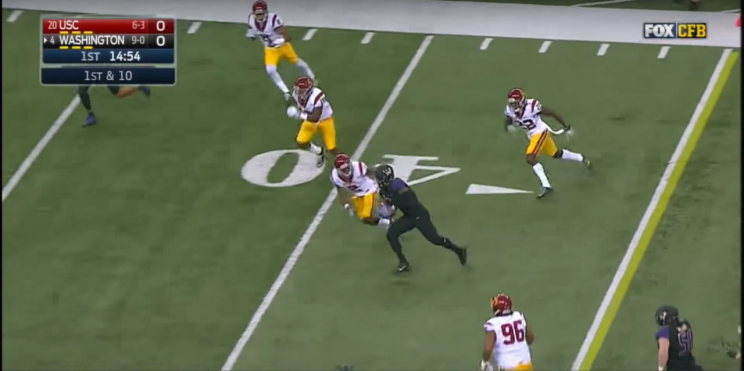

Ross has obvious explosive vertical burst and acceleration, but he also tracks the deep ball well with excellent hand-eye coordination. He’s at his best running vertical routes and crossing routes in which he can use his speed to run away from the defense.
And Ross has reliable hands on those routes. Here’s a 31-yard reception on a skinny post against Cal, and you can see Ross’ willingness to make tough hands catches over the middle.
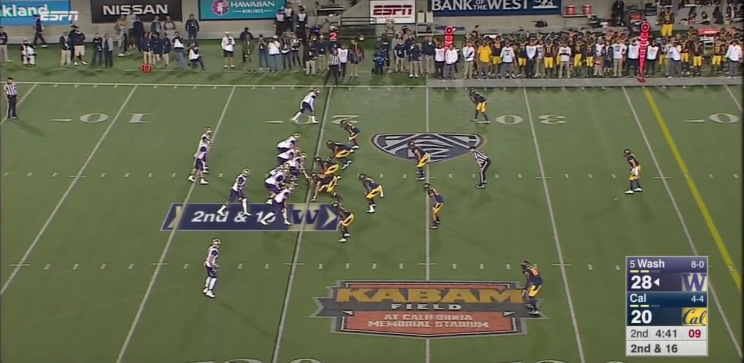
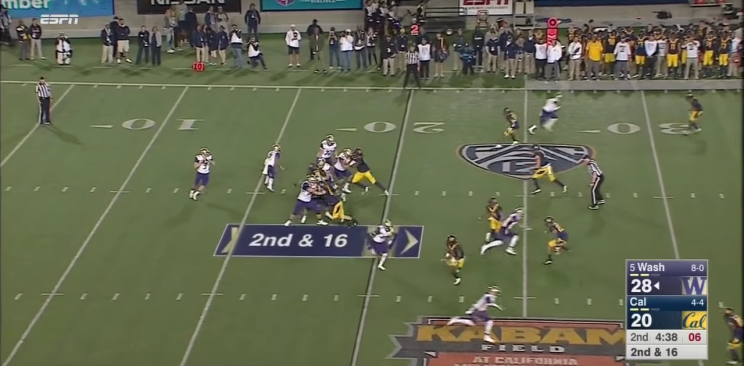
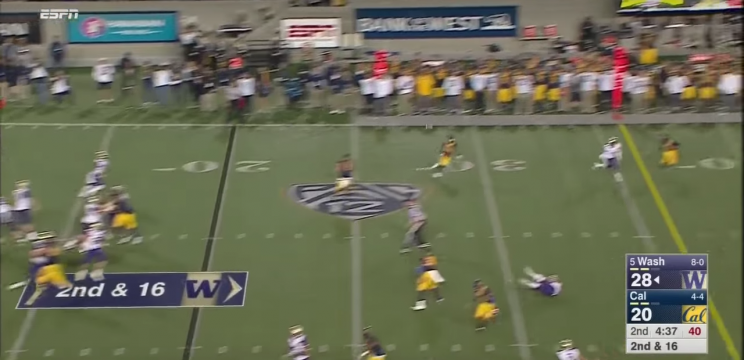
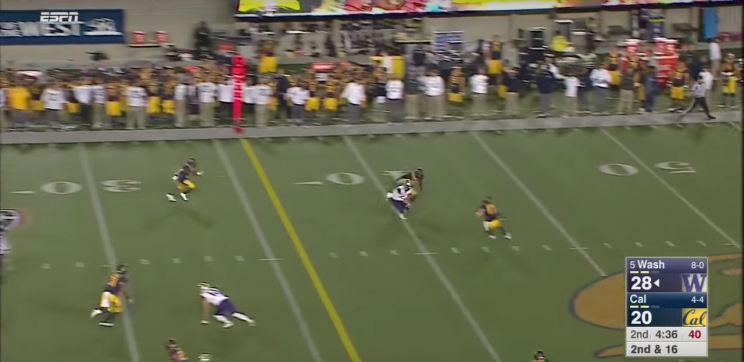

Ross obviously has long speed, but he’s also a smooth and sudden route runner with excellent quickness out of his breaks. He’s a sudden, quick-twitch athlete, which allows him to excel on all routes. He also has an outstanding understanding of route running on top of his physical skills. We can see Ross’ explosive short-area quickness and burst off the line to beat press coverage when he beat Adoree Jackson of USC for a 70-yard touchdown. Jackson is a top NFL prospect and Ross’ move puts him on the ground.

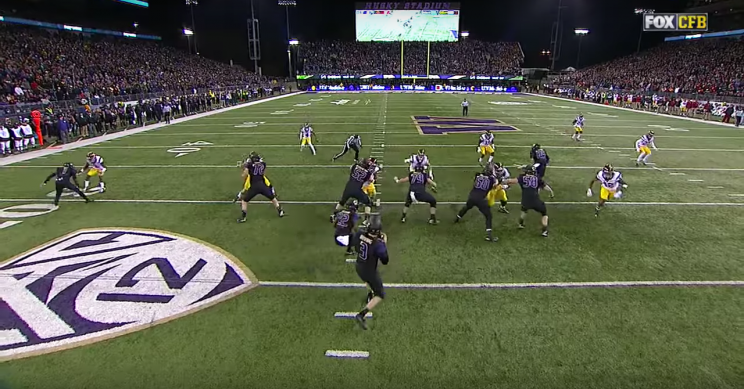
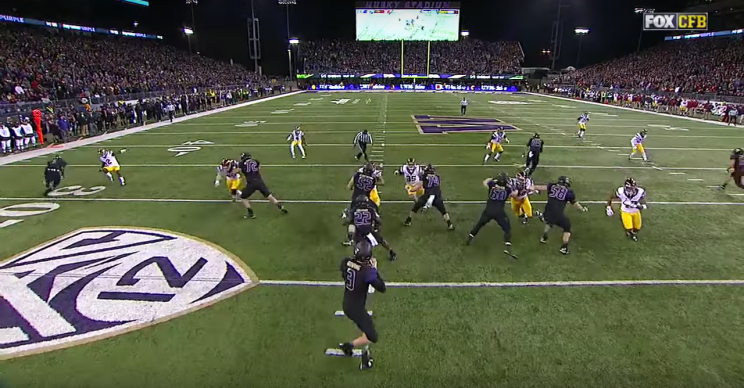
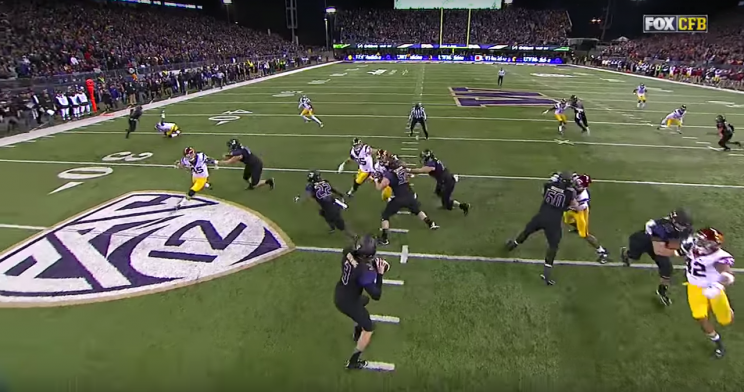
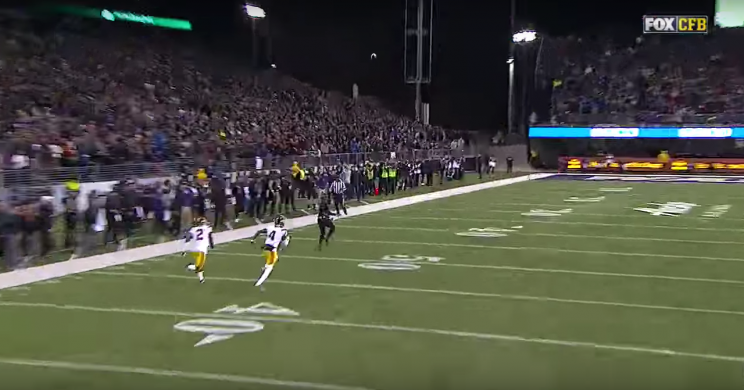
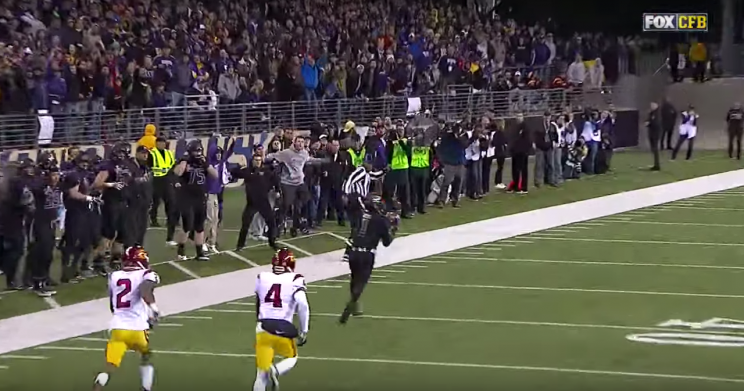
Although I like Ross’ game a lot, he doesn’t project as a No. 1 receiver in an NFL offense in the way that Corey Davis does. But he provides multiple dimensions with alignment versatility – he doesn’t fit in a specific category like slot receiver or outside receiver, but is explosive and effective in both spots. Ross has some similarities to DeSean Jackson in his vertical dimension. Other NFL comparisons include John Brown of the Arizona Cardinals or T.Y. Hilton of the Indianapolis Colts, but Ross is more sudden with more explosive short-area quickness than Brown or Hilton. Ross is an impact playmaker and a game-changer.
Here are breakdowns of a few other receivers in this class:
Ohio State RB/WR Curtis Samuel
Samuel is an interesting prospect who lined up as a runner and a slot receiver in college. I think he ultimately transitions as a receiver and not a back, but he gives an offense outstanding alignment versatility in the backfield and as a slot receiver. He creates favorable matchups in the passing game.
Samuel is a space player with outstanding speed to the edge and open-field ability. He’ll need a lot of work as a route runner because he lacks experience, but he fits the NFL game.
USC WR JuJu Smith-Schuster
Smith-Schuster is a big, physical wide receiver. He lacks speed and pure vertical skills, and that will be seen as a negative in his game, but teams will understand what kind of receiver Smith-Schuster is.
Smith-Schuster has refined traits for a college receiver with the toughness and competitiveness teams seek. He’s a better prospect than Michael Thomas coming out of Ohio State a year ago, and Thomas had an excellent rookie season with the New Orleans Saints. Smith-Schuster has the look of a high-volume short to intermediate receiver who will be effective moving the chains.
Eastern Washington WR Cooper Kupp
Kupp has good hands with an easy ability to make difficult catches. He’s a very natural catcher who attacks the ball with strong and sure hands. He also has short-area quickness and burst as a route runner and played faster than his timed speed.
There will be a question if Kupp can win vertically on the outside in the NFL. He profiles best as an inside receiver with his route quickness and understanding of coverage, though he could also play outside at times. He’ll be a plug-and-play slot receiver right away in the NFL.
More NFL draft breakdowns from Greg Cosell:
• Clemson QB Deshaun Watson
• North Carolina QB Mitchell Trubisky
• Notre Dame QB DeShone Kizer
• Texas Tech QB Patrick Mahomes and Cal QB Davis Webb
• LSU RB Leonard Fournette
• Stanford RB Christian McCaffrey
• Oklahoma RB Joe Mixon
• Florida State RB Dalvin Cook
• Clemson WR Mike Williams
• Western Michigan WR Corey Davis
• Texas A&M DE Myles Garrett and the defensive line class
• Alabama TE O.J. Howard and the tight end class
– – – – – – –
NFL analyst and NFL Films senior producer Greg Cosell watches as much NFL game film as anyone. Throughout the season, Cosell will join Shutdown Corner to share his observations on the teams, schemes and personnel from around the league.


